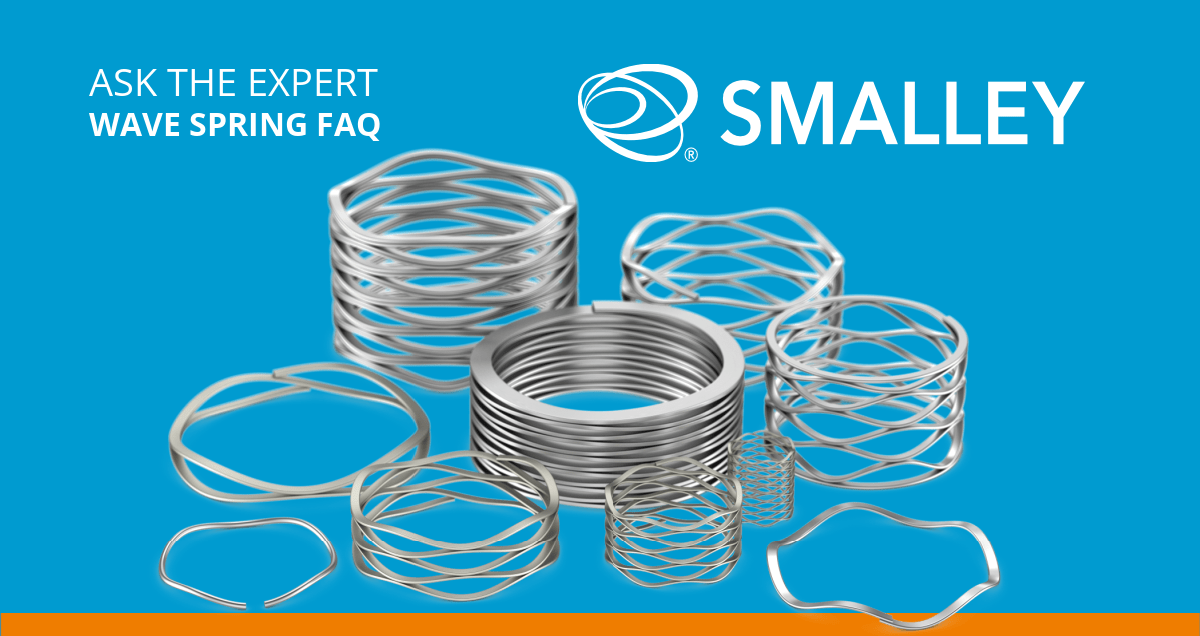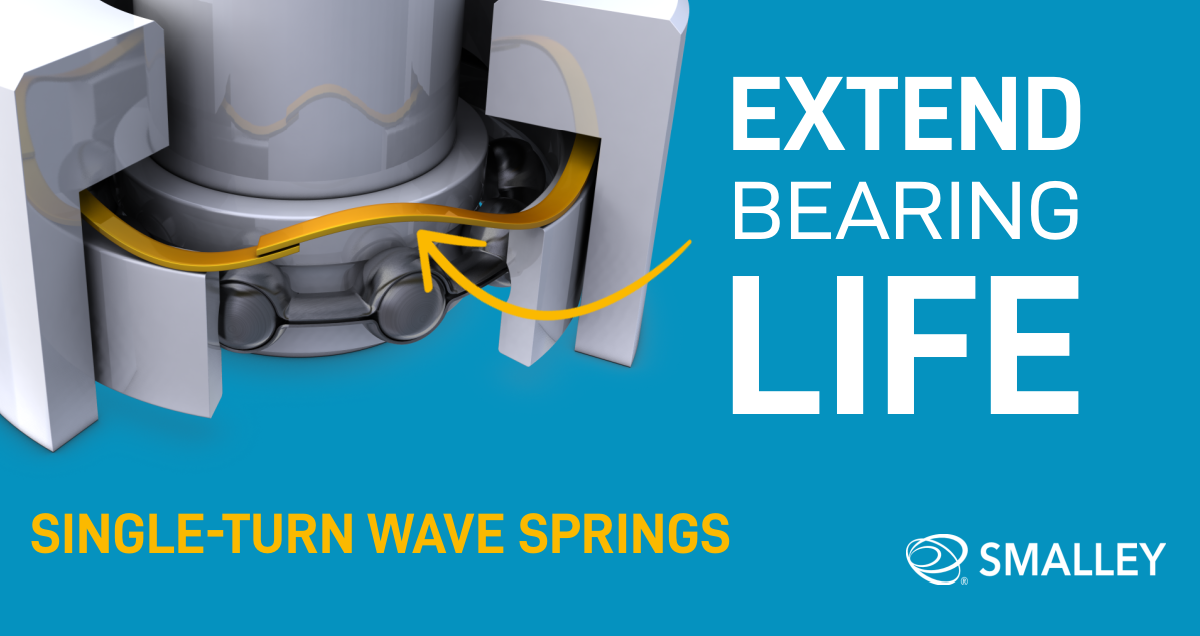
Welcome back to Smalley Talk, where our engineers answer commonly asked retaining ring and wave spring design questions. This week, Debbie Annets fields some questions about Spirolox retaining rings and nested wave springs.
What is the maximum number of turns for a nested wave spring? Can loads still be toleranced with this many turns?
There is not a specific maximum number of turns for a nested spring, but every application is different. A nested spring with many turns may work for one project, but not for another. On springs with a very high spring rate, such as a nested spring, it can be more difficult to tolerance the loads. Minor changes in the wire thickness or free height in the spring from lot to lot can have a dramatic impact on the loads. Our Engineering team will review all new spring designs and discuss our capabilities with you.
What are the differences between internal and external Spirolox retaining rings?
Retaining rings are designed to cling in a groove. On shaft rings, the inside diameter is used while on housing rings, the outside diameter is used. The rings are dimensioned and toleranced so that they have the appropriate amount of grip in the respective groove. The end configurations will be different for shaft rings and housing rings to help facilitate the removal of the ring.

That™s all for now, check back next time when the team will answer more Smalley related questions. You can see more blog entries and other application examples on our technical articles page or you can ask your own question here.
Latest News From TFC
Catch up on all of the latest supply chain, fastener industry and company news from TFC Ltd.
Catch up on all of the latest supply chain, fastener industry and company news from TFC Ltd.






















